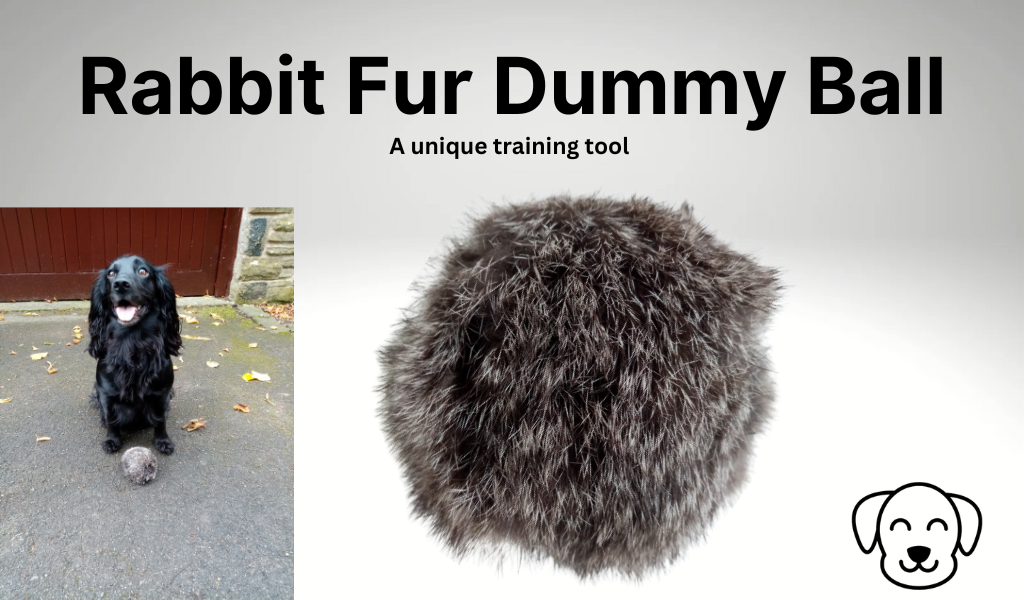
The Rabbit Fur Training Dummy Ball From Goygar
Discover how our Rabbit Fur Dummy Ball can enhance and improve your gundog training.
Get Great Deals On Gundog Gear at www.goygar.com

Discover how our Rabbit Fur Dummy Ball can enhance and improve your gundog training.

Discover the ultimate guide for training your new Cocker Spaniel puppy! Essential tips and tricks for teaching your pup everything they need to know.
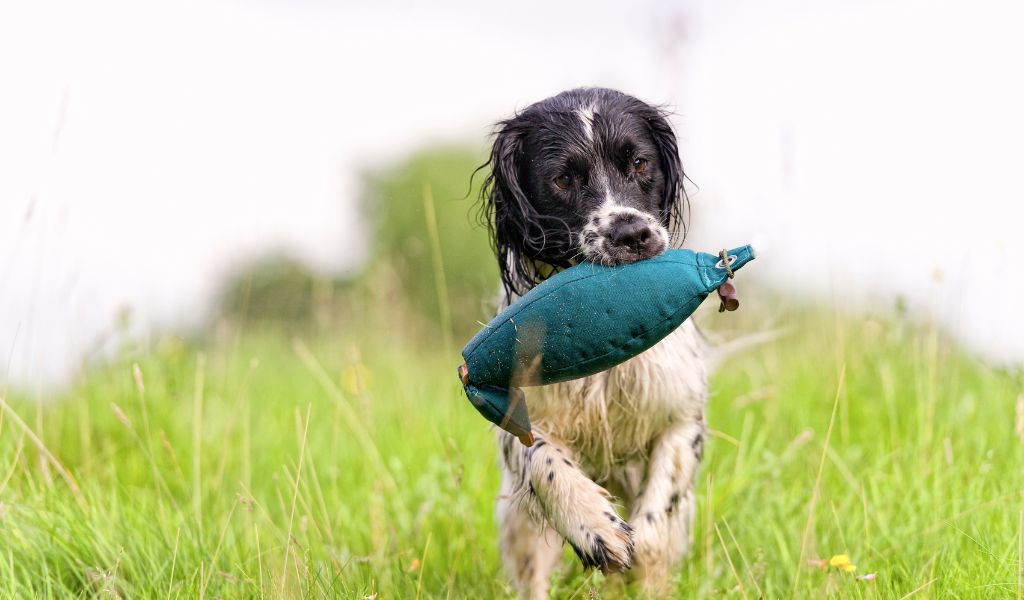
Discover effective Cocker Spaniel gundog training for puppies and working dogs. Whether you’re a seasoned trainer or new to gundogs, our techniques will help.
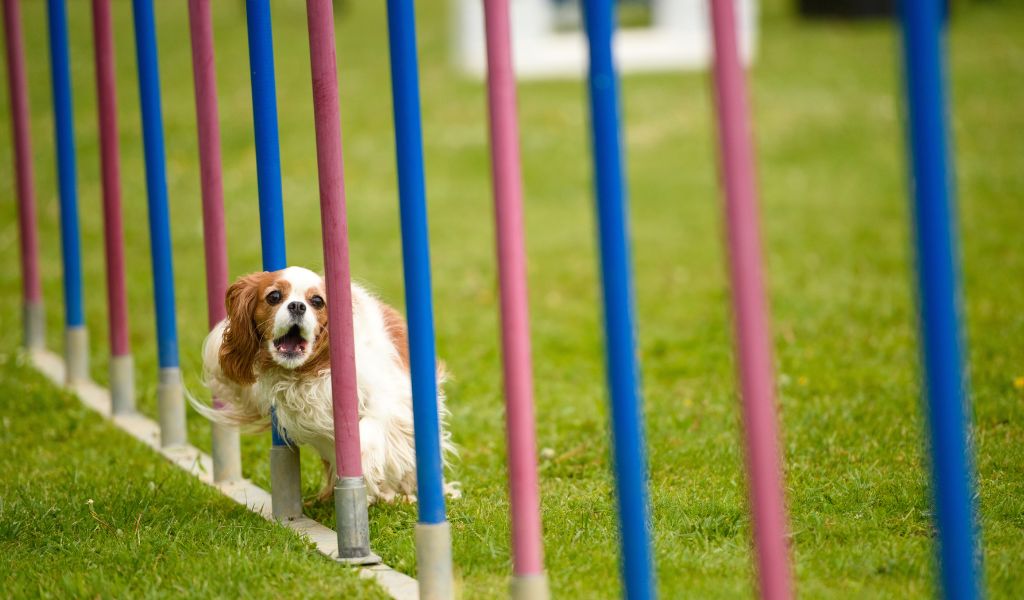
Cavalier King Charles spaniels are intelligent dogs that enjoy and respond well to training.
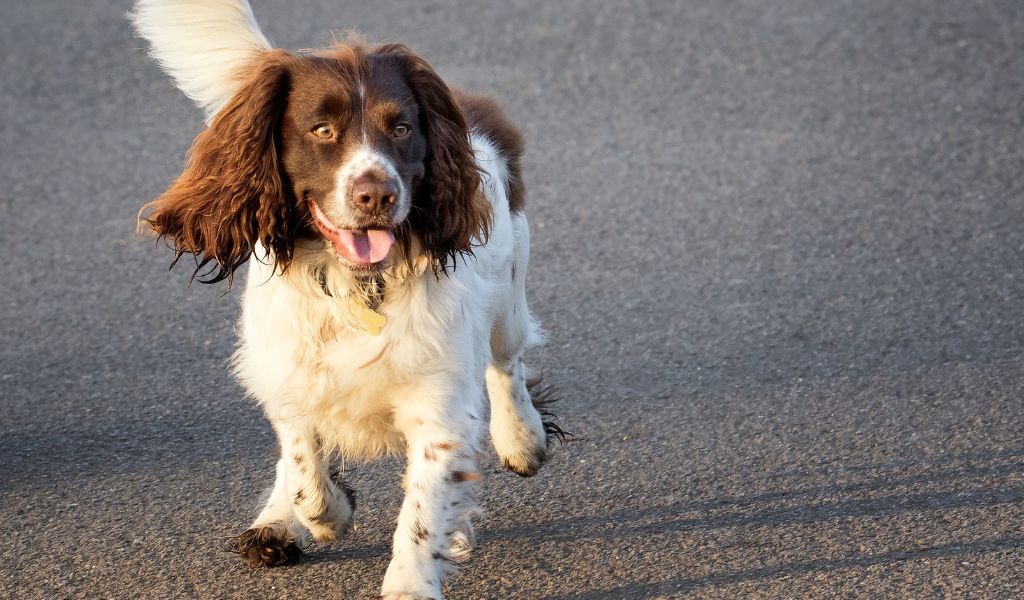
English Springer Spaniels are intelligent dogs that love training and with the right handling will quickly learn.

There are many different commands to teach a Clumber Spaniel. These are the most common.
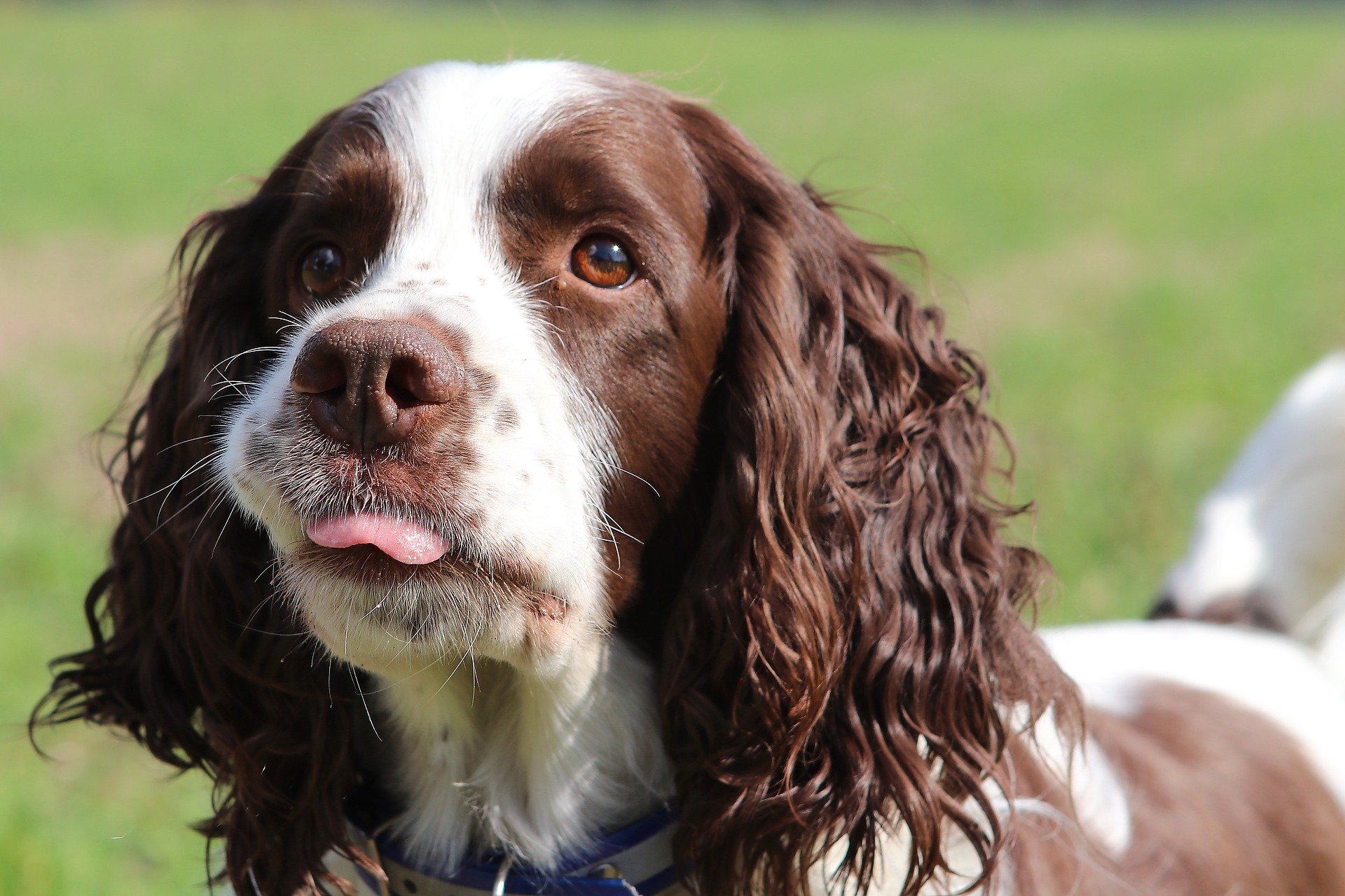
A key aspect of spaniel training is getting your spaniel to stop on the whistle. Let’s take a look at the way to achieve this.
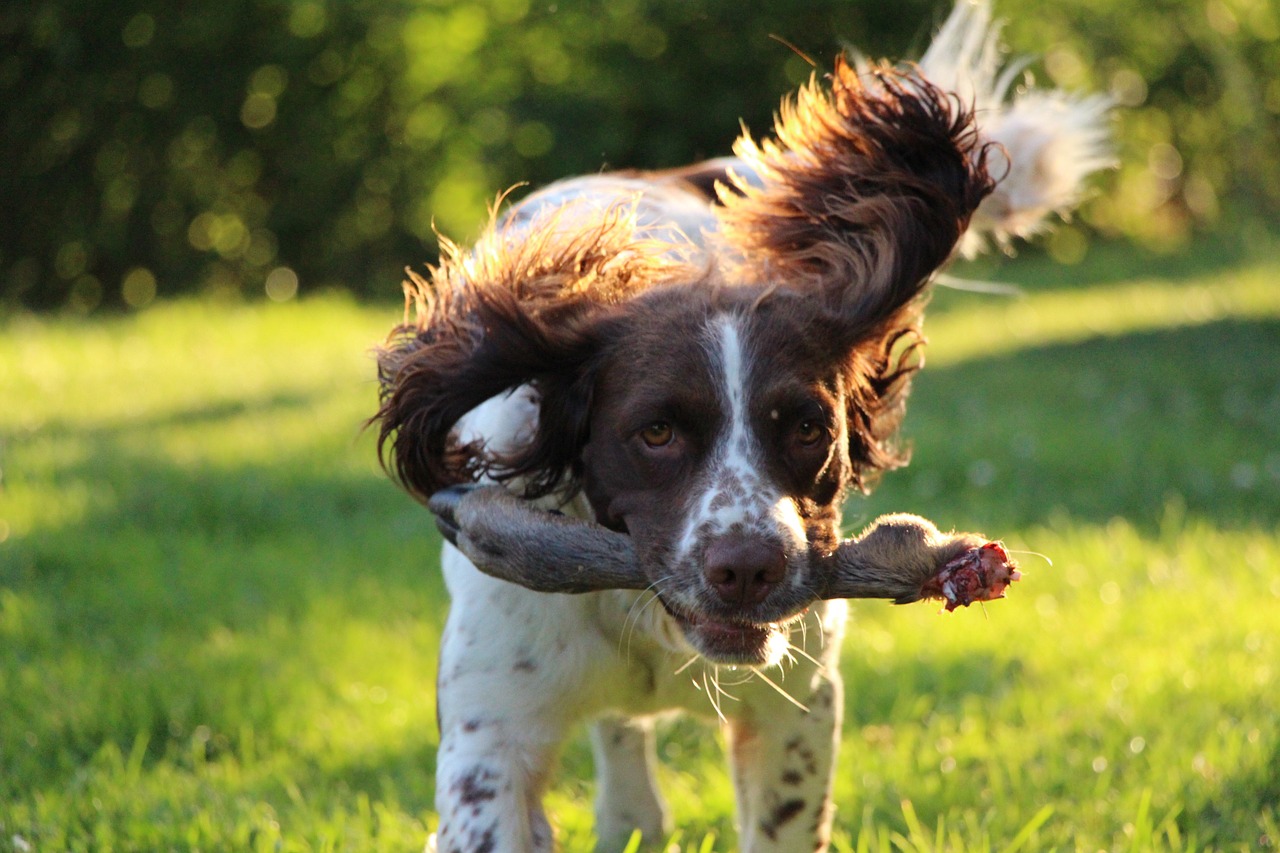
Learn the basics of spaniel training from an expert and set the foundation for a well-behaved, obedient adult dog. With practical tips and insights, you can train your spaniel to a high standard and enjoy the rewards of owning a skilled working dog and loyal companion.

Whether you’re new to dog showing or a veteran, this is the perfect book for you!It’s difficult to remember everything so this handy book helps you keep it all in one place! There are even pages for you to Judge the Judge!! And as you and your dog go on your showing journey, you’ll have…
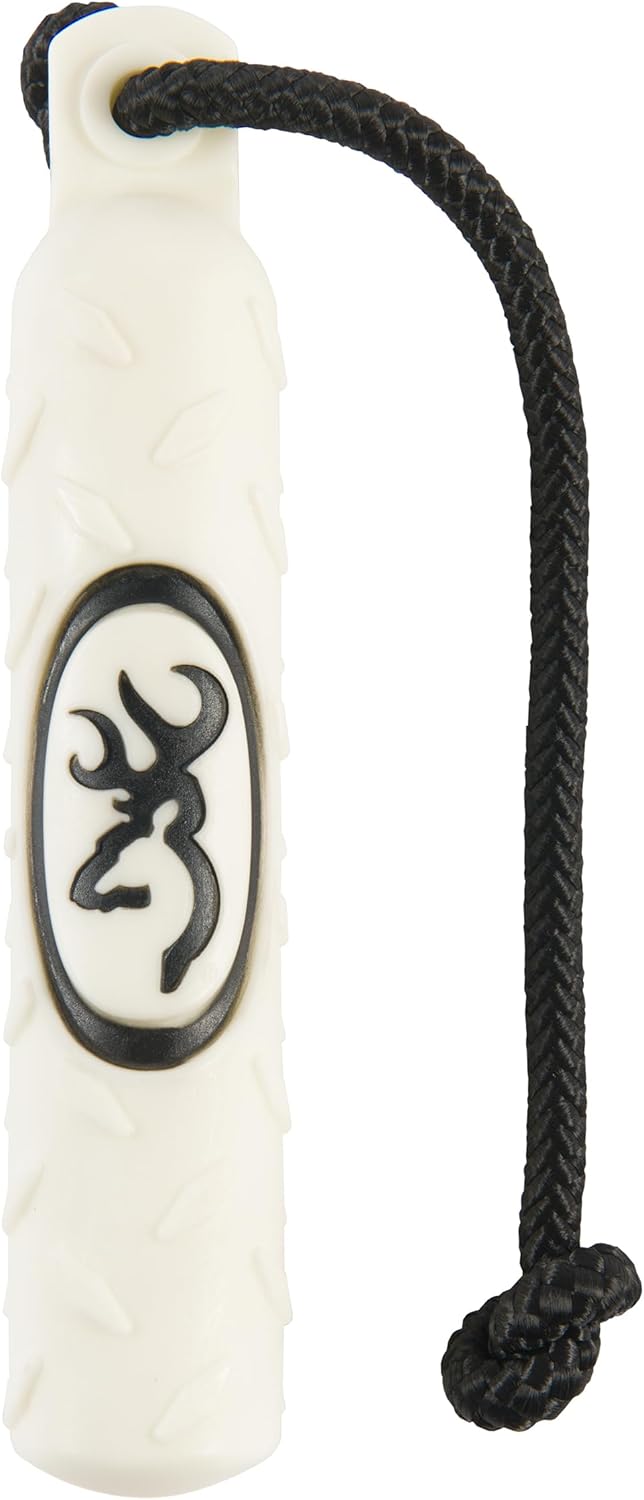
With its leak-proof design the Vinyl Training Dummy is a great tool for training your hunting pal. Designed to be used as a training tool for retrieval this soft vinyl dummy floats in water and has a textured surface for better grip and hold. Small 2″ x 10″ Large 2.5″ x 11.25″ BROWNING | Since…
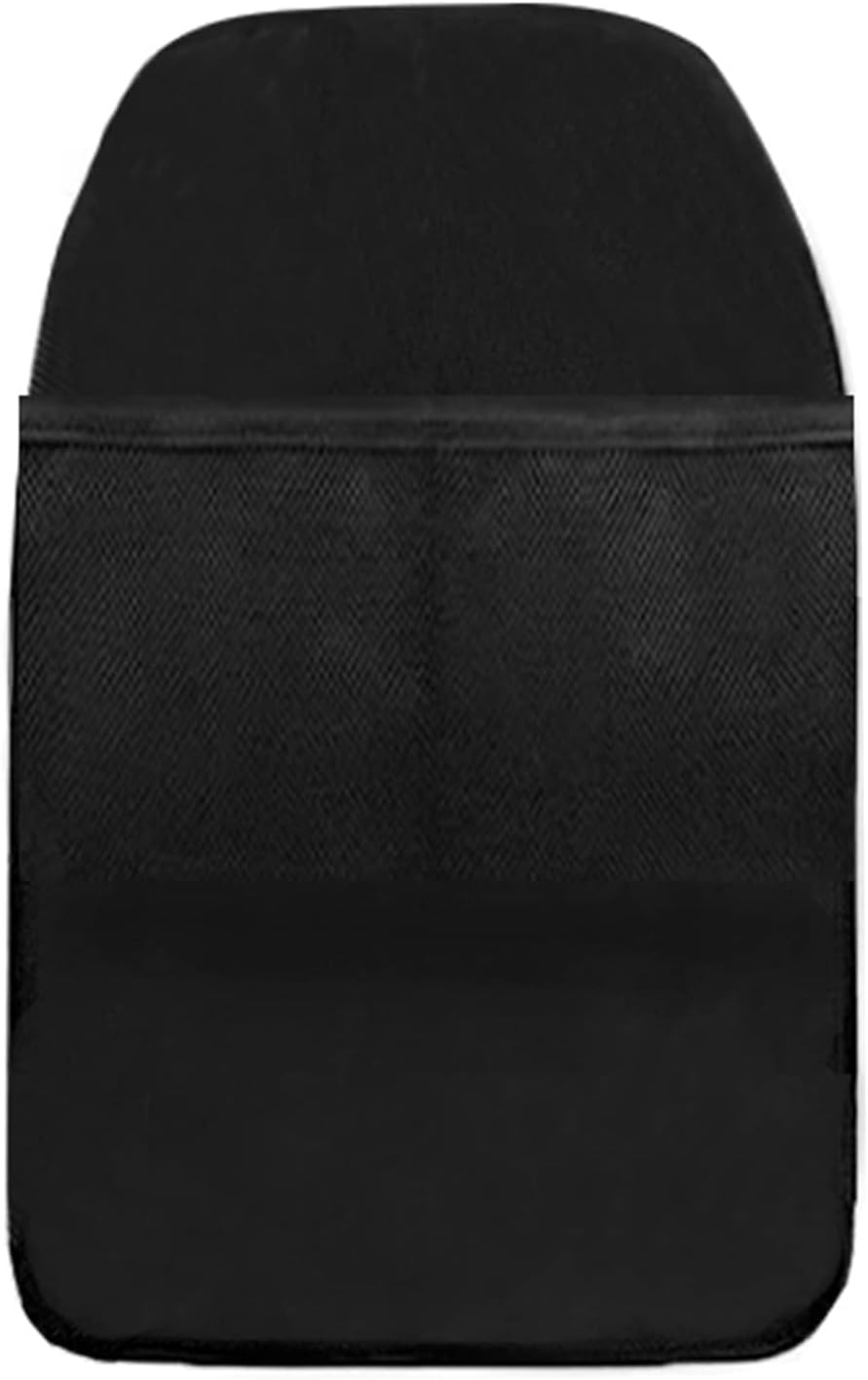
Kick Mats Back For Seat Protector Car Back For Seat Protective Cover Premium Odor Free Protect Your For Seat With 2 StorFeatures:The front of the car back for seat protector is nylon, and the It’s odorless, will not fade, and will not scratch your car for seat. These backseat protectors protect your front row driver’s…
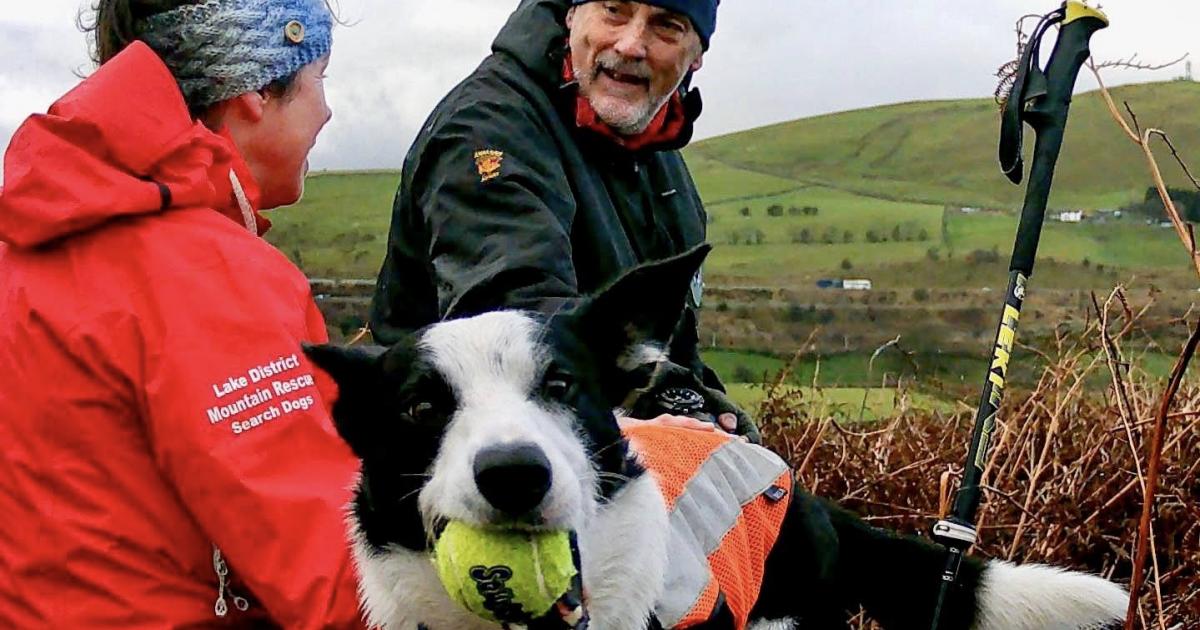
On Saturday, November 8, the trainee search dogs were put through their paces across Cumbria. Dogs Dash and handler Elly from Keswick Mountain Rescue Team (MRT) and graded team John and search dog Ceilidh from Kendal MRT took part in training on the fells of Tebay. Graded Search Dog Ceilidh (Kendal MRT) gets her reward…
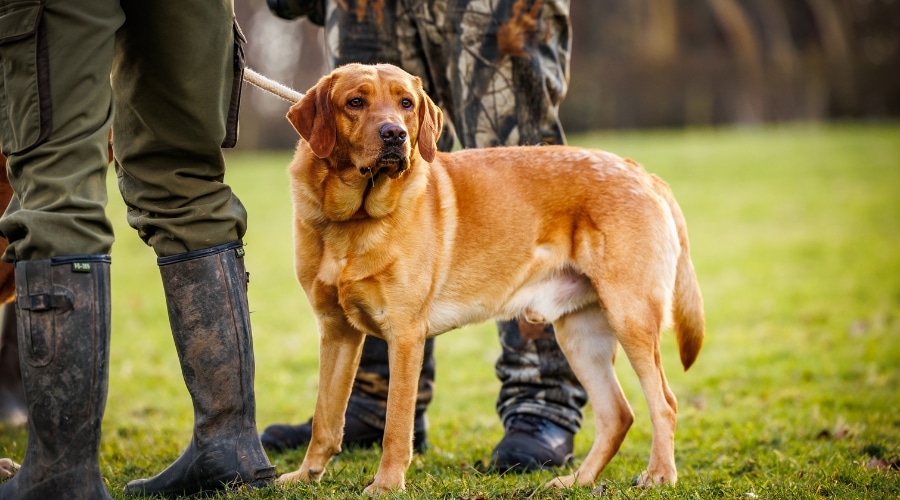
Many gundog owners will source a new addition to their household as a puppy. As is the case with other stock such as horses and cattle, lineage and pedigree are important in dogs. But is there another route of entry for potential working dogs who may have had a less illustrious start in life? Every…

Leader Dogs for the Blind wants volunteers in December and January to raise 65 puppies for one year before they start training. The Rochester Hills, Michigan-based nonprofit encouraged the public to help on Tuesday, as shared in a press release published at GlobeNewswire. Volunteer puppy raisers will bring dogs into their homes. They’ll teach basic…

Welcoming a new baby or family member is exciting, but it can be a big adjustment for your Cavalier King Charles Spaniel. With the right preparation, you can help your dog stay calm, secure, and happy. From routine changes to safe spaces and first introductions, discover practical steps to ensure a smooth transition for everyone.

Crate training offers your Cavalier King Charles Spaniel more than just convenience — it provides safety, comfort, and structure. From supporting house training to reducing anxiety and preventing destructive behaviour, a crate can quickly become your Cavalier’s safe haven. Learn how this simple training method can transform daily life for you and your dog.
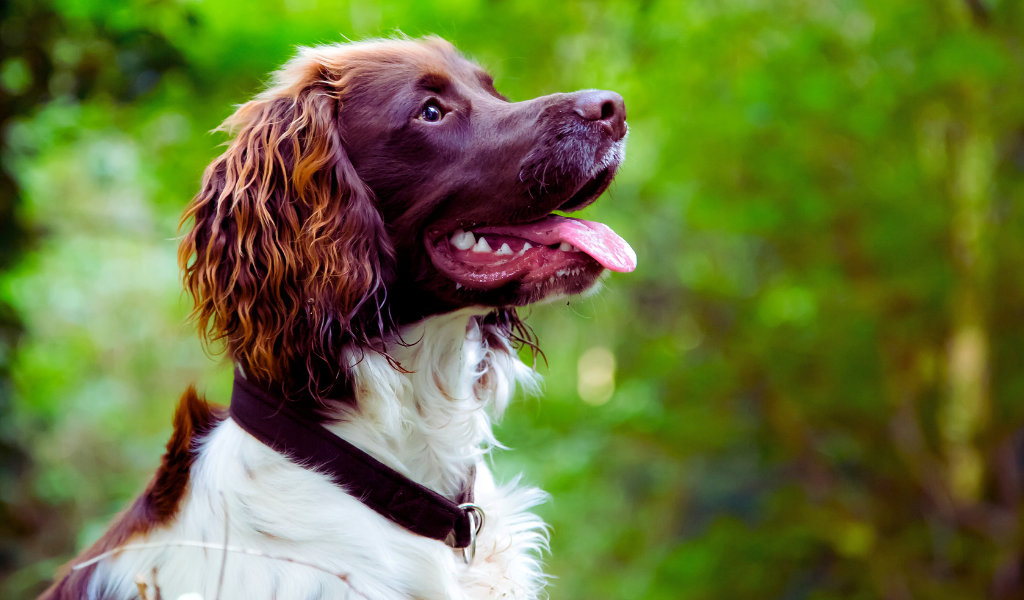
Springer spaniels. Jack of all trades or master of none? Discover if they are good working dogs.
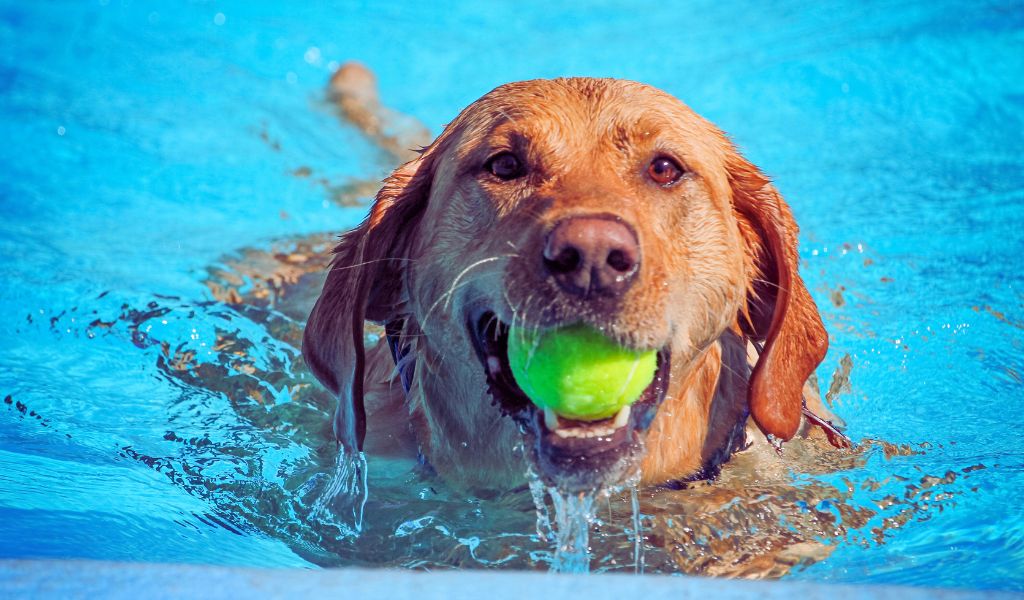
Learn about the safety of letting your dog swim in a chlorine pool. Discover the benefits, potential risks, and preventative measures to ensure a safe and enjoyable swimming experience for your canine companion. Get expert insights and tips for the best experience.

Discover the benefits of insect-based dog food, a sustainable, nutritious, and hypoallergenic alternative to traditional pet food. Learn how it supports canine health and reduces environmental impact.

Discover how dogs find their way home using their exceptional sense of smell, hearing, visual cues, and possibly an innate magnetic sense. Learn about scientific studies, breed differences, and practical tips to enhance your dog’s navigation skills.